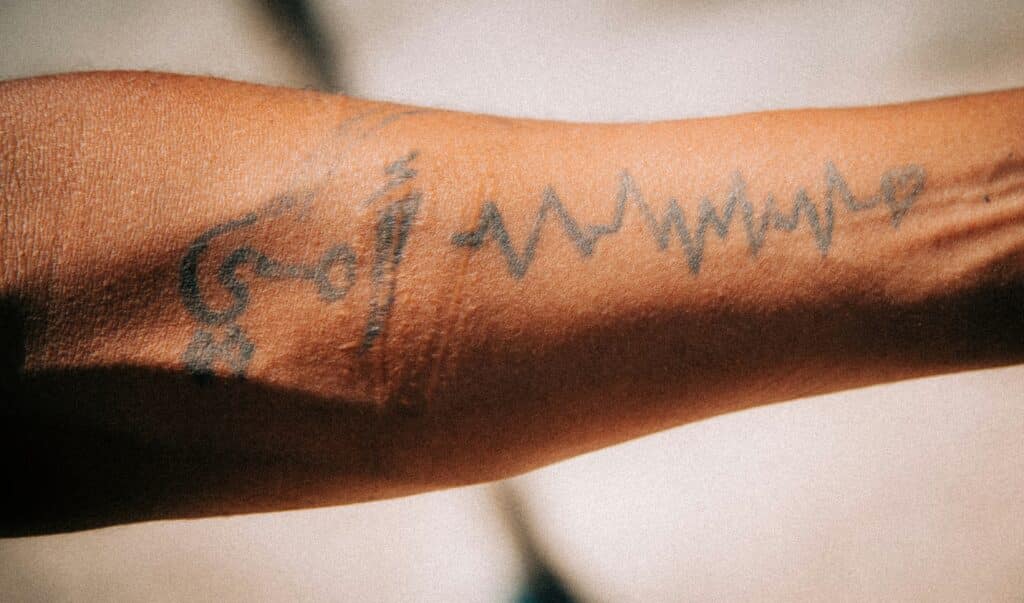Scars are a natural part of the body’s healing process, resulting from the repair of damaged skin tissue. While they often serve as reminders of past injuries, surgeries, or skin conditions, some individuals may seek scar removal for aesthetic or functional reasons.
This article explores the various aspects of scars, their types, and the options available for scar removal. Additionally, we’ll discuss when it might be necessary to consult a plastic surgery clinic for professional assistance.
IMAGE: UNSPLASH
Understanding Scars
Scars form as a result of the body’s attempt to heal and close a wound. The process involves the production of collagen fibers that replace the normal skin tissue. The appearance of a scar depends on various factors, including the size and depth of the wound, the individual’s genetics, and the type of injury or surgical procedure.
Types of Scars
Hypertrophic Scars
- Raised and red in appearance.
- Confined to the boundaries of the original wound.
Keloid Scars
- Extend beyond the original wound.
- More common in individuals with darker skin tones.
- Can be itchy or painful.
Atrophic Scars
- Indentations or depressions in the skin.
- Commonly seen in conditions like acne or chickenpox.
Contracture Scars
- Result from burns.
- Tight, pulling sensation due to the skin tightening during the healing process.
Scar Removal Options
Topical Treatments
- Over-the-counter creams, gels, or silicone sheets can help reduce the appearance of scars.
- Ingredients like vitamin E, onion extract, and alpha hydroxy acids may be beneficial.
Minimally Invasive Procedures
- Laser therapy: Uses light to break down scar tissue and stimulate collagen production.
- Microdermabrasion: Exfoliates the skin’s top layer to improve texture.
- Chemical peels: Involves applying a chemical solution to remove the outer layer of skin.
Surgical Procedures
- Excision: Surgically removing the scar and closing the wound with stitches.
- Dermabrasion: Removes the top layer of skin using a rotating brush or diamond wheel.
- Skin grafts: Transplanting skin from one area of the body to cover the scar.
When To Consider Plastic Surgery
While many scars can be effectively treated with non-surgical methods, there are instances where consulting a plastic surgery clinic becomes necessary:
Functional Impairment
- Scars that affect movement or function may require surgical intervention.
- Contracture scars from burns, for example, can limit joint mobility and may necessitate plastic surgery.
Unsatisfactory Aesthetic Results
- Individuals who are dissatisfied with the appearance of their scars, especially in prominent areas, may opt for plastic surgery for improved aesthetic outcomes.
Keloid or Hypertrophic Scars
- These types of scars may benefit from surgical procedures, such as excision, combined with other techniques to prevent recurrence.
Psychological Impact
- Severe scarring can have a psychological impact on an individual’s self-esteem and mental well-being.
- Plastic surgery may be considered in such cases to improve the individual’s overall quality of life.
Conclusion
Scars are a natural part of the body’s healing process, but advancements in medical science provide various options for scar removal. From topical treatments to surgical procedures, individuals have choices based on the type and severity of their scars.
Plastic surgery clinics play a crucial role in addressing more complex cases, ensuring not only improved aesthetics but also functional well-being. It’s essential to consult with healthcare professionals to determine the most suitable approach for each unique case.
IMAGE: UNSPLASH
If you are interested in even more lifestyle-related articles and information from us here at Bit Rebels, then we have a lot to choose from.


COMMENTS